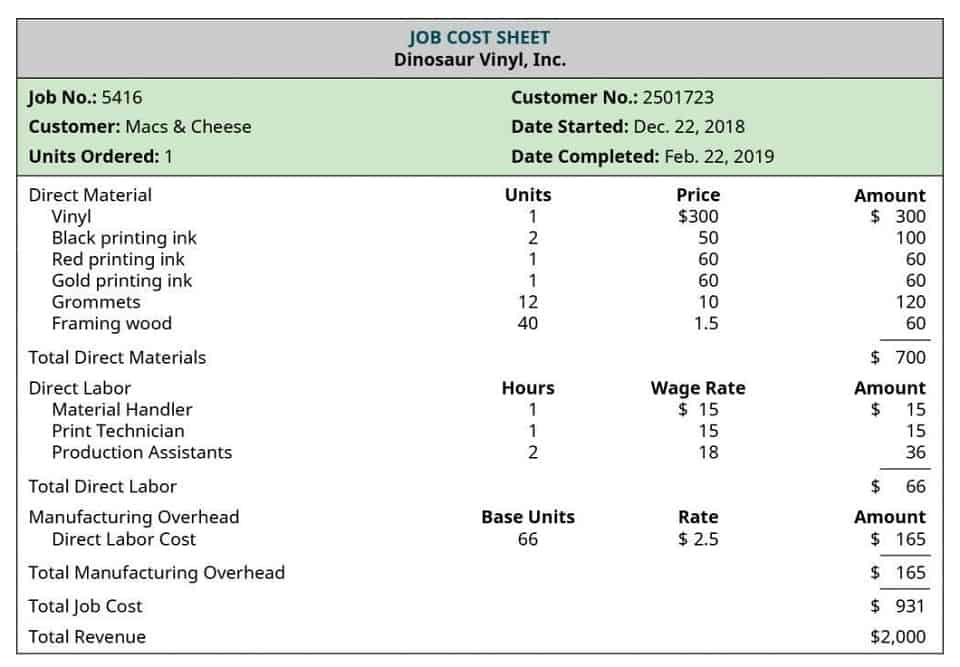
Depending on the context, “suspense account” might mean a number of different things. In simple terms, a suspense account is a bookkeeping account wherein transactions are recorded before being assigned to the right category. However, discrepancies can arise during financial transactions, creating temporary uncertainty in recording entries. Notice that there is a difference of $8,000 between the two columns of the trial balance. In spite of all what does suspense balance mean the best efforts made by the bookkeeper, the errors are not detected, so the trial balance is temporarily made to agree by opening a suspense account in the ledger. The difference of $8,000 is recorded on the lesser column (debit column) of the trial balance under the heading “Suspense Account.” See the following trial balance.
Mortgage Suspense Accounts
However, the IRS released proposed regulations in February 2023 (which may be relied upon now), giving plans a one-time opportunity to resolve past failures. Plan administrators may treat all past unused forfeitures—from any year—as 2024 forfeitures. This means that they can be used for any of the acceptable forfeiture purposes in 2024, or 2025, at the latest.
Payment Gateway

Rectify the following errors identified in the books of GFG as on 31 March 2022. If your trial balance debits are larger than the credits, the difference is recorded in the suspense account as a credit. Conversely, if the trial balance credits are larger than the debits, the difference is recorded in the QuickBooks suspense account as a debit.

What is a suspense balance mortgage?
This keeps uncategorized transactions Catch Up Bookkeeping separate from categorized transactions. A Suspense Account is an interim account where transactions are recorded temporarily until they can be correctly allocated to their appropriate accounts. Suspense accounts help maintain the integrity of the double-entry system by ensuring that the trial balance remains balanced even when some transactions are unclear or incomplete. A suspense account is a temporary account used in the general ledger to hold transactions that require further investigation to determine their proper classification. It is not specific to any one type of balance and can contain both debits and credits depending on the nature of the transactions it holds. Suspense accounts serve as temporary placeholders in accounting, helping to manage transactions that cannot be immediately classified or resolved.
- The aim of a suspense account in balance sheet terms is always to be a balance of zero, as this means that everything has been correctly recorded, and there are no anomalies unaccounted for.
- Errors pending investigation stem from discrepancies between internal records and external statements, such as during bank reconciliations.
- As the accounting period closes, any lingering entries in the suspense account must be scrutinized.
- If you’re unsure about where to enter a transaction, open a suspense account and talk to your accountant.
- This article explains the purpose of each account and how transactions move between them.
- By following these steps, you can effectively use suspense accounts to manage uncertain or incomplete transactions.
- While both clearing accounts and suspense accounts hold funds for a limited amount of time, suspense accounts typically exist more because of some kind of financial uncertainty.
- If the credits in the trial balance are larger than debits, record the difference as a debit.
- Instead of paying hourly or hiring in-house staff, businesses can now access professional bookkeeping on a fixed monthly or annual subscription model.
- Liam makes his $1,000 monthly mortgage payment to his loan servicer on time for December.
This type of account temporarily holds funds or securities until the correct placement of the transactions can be determined. As the accounting period closes, any lingering entries in the suspense account must be scrutinized. Remaining balances should be justified and documented, such as cases where pending documentation from a third party delays resolution. This diligence ensures financial statements present a true and fair view of the company’s financial position, meeting regulatory requirements. Errors pending investigation stem from discrepancies between internal records and external statements, such as during bank reconciliations. When an error is detected, the unresolved amount is placed in a suspense account while the issue is investigated.

But sometimes, if the payment isn’t sufficient to cover all dues, or if there’s confusion about the payment amount,, the money might go into a mortgage suspense account. In the previous lesson, we have discussed different steps by which accounting errors can be detected and the trial balance can be made to agree. However, in spite of the verification of all books of accounts, accounting errors are sometimes not detected, and the trial balance does not agree.
Another Example of What Happens If You Send a Partial Mortgage Payment
Contact the customer to verify that it’s their payment and the right invoice. Again, if you do this and don’t get current on the loan, the servicer could potentially charge you late fees, report the delinquency to the credit reporting bureaus, and eventually start a foreclosure. If you dispute any of the amounts your servicer claims you owe, don’t reduce your payment amount to remove the disputed amount. The servicer might consider your payment partial and place it in suspense until it receives what it considers a full payment.